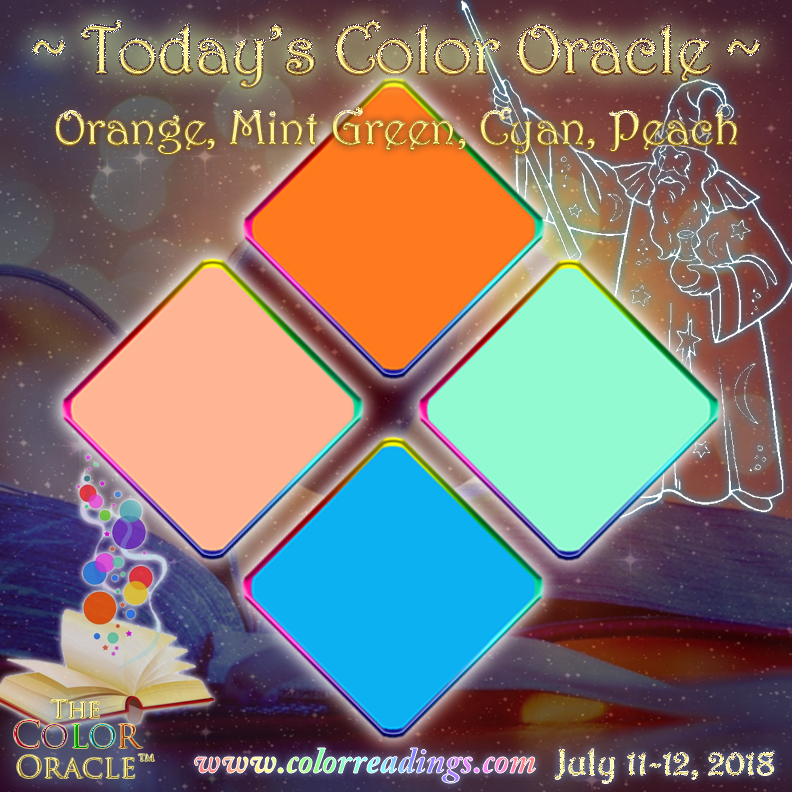
regexp_replace ( 'XXX006-Test.txt', '(+)\-(. How’s your vibeMaría Escoté as The Color Oracle has the answer She connects us with her feminine and powerful chromatic energy, to resurface with strengt. If you enter a hexidecimal color value that does not also appear in the color palette, tabs and portlets do not display with rounded corners. To extract everything before the dot: regexp_replace ( 'XXX006-Test.txt', '(.+)\.txt$','\1' )Īlthough given the values in the two strings you might want to match on the dash instead. Check the applied style's Common style element, specifically check the hexadecimal value entered for the Background property's Background Color attribute. If the leading thing is variable, you can use regular expressions. If the required match is always six characters long the simplest thing is substr('XXX006-Test.txt', 1, 6) You color SQL to mark it as important so that it gets captured in AWR even though it does not meet the SQL capture thresholds. " Do you know how I can split the RHS on a '.' and grab only the first index of the split results which is 'XXX006'?" Go to conditional formatting manage rules and delete the various rules you have there for cells in that column. Check the applied styles Common style element, specifically check the hexadecimal value entered for the Background propertys Background Color attribute. Color Oracle immediately filters your screen image and hides itself automatically when you press any key or click the mouse button. Select the type of color-blindness in the menu or press one of the keyboard shortcuts while you are working with your preferred graphics software. Color Oracle integrates smoothly in your workflow. We notice that the string XXX006-Test.txt does not exist in XXX006.D$Date,YYYYMMDD$.T$Date,HHNNSS$ so LIKE quite rightly returns FALSE. The system-wide menu quickly converts your art into a palette that simulates what colorblind people see.

Looking at your actual test: ( 'XXX006-Test.txt' LIKE '%XXX006.D$Date,YYYYMMDD$.T$Date,HHNNSS$%' )


The premise of LIKE is that the whole text in the first parameter exists in its entirety in the second, with wildcards to omit irrelevant characters from the matching. I'm afraid it's your logic that's faulty.


 0 kommentar(er)
0 kommentar(er)
